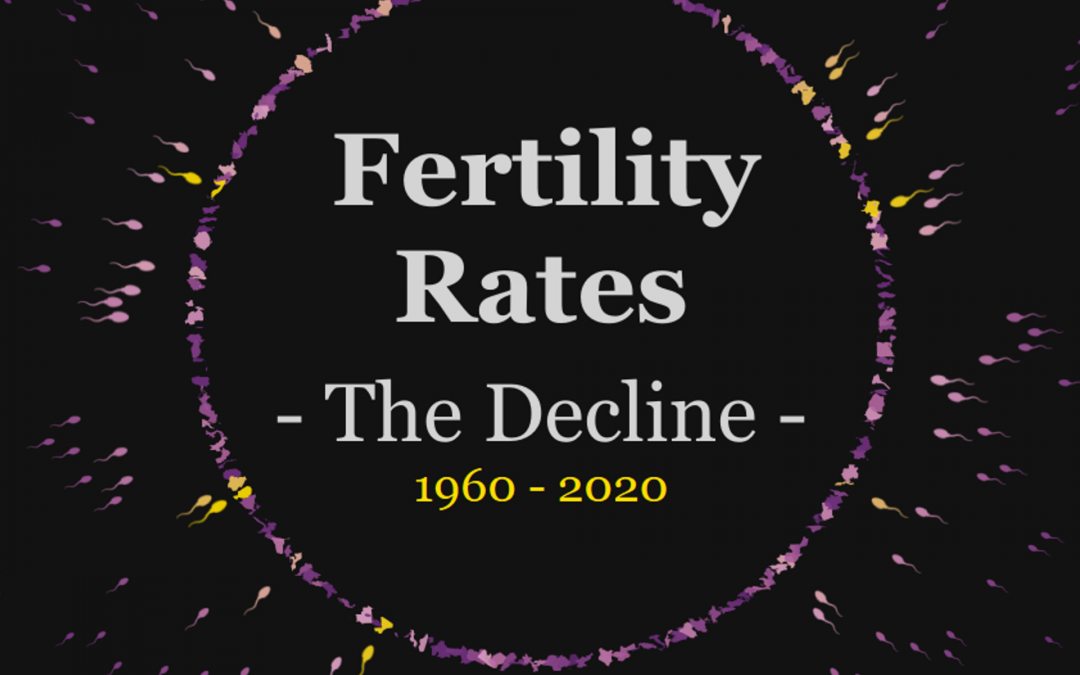
by nhe21 | Nov 9, 2023 | Dashboard, Visualization
The history of women’s empowerment in the United Arab Emirates’ social progress is framed by declining fertility rates and a concerted attempt to incorporate women into the workforce. In the midst of this fascinating journey, where the fertility rate has gradually dropped from 4.54% in 1990 to a measured 1.46% in 2021, the United Arab Emirates is at a turning point in its history, overcoming both obstacles and successes as it works toward a future characterized by demographic transitions.
In the face of economic fluctuations, exemplified by a decline in GDP from $417 billion in 2019 to $349 billion in 2020 before peaking at $508B in 2023, UAE remains steadfast in its commitment to stability. This commitment is reflected in the deliberate strides towards gender equality within the workplace, transforming a historical landscape of imbalance. Political leadership, once devoid of female representation at 0% in 1997, has evolved to an inspiring 50% in 2022. Similarly, management roles have seen growth from a modest 12.20% in 2017 to a commendable 23.6% in 2021, portraying a nation charting new territories with determination. Moreover, as shown in the heat map, female percentage of 6.31% among the total female employed population, compared to a male percentage of 4.92% among the total male employed population, the overall self-employment rate stands at 5.15%. This signifies that, in the realm of self-employment, women play a more substantial role, surpassing their male counterparts and collectively making a significant impact on the overall self-employed landscape in the UAE.
To address the challenges faced, a multifaceted approach is recommended. Firstly, actively promoting women’s participation in politics has proven to be transformative, exemplified by successful models achieving 50% female representation in national parliaments. Additionally, supporting and fostering women’s career advancement is crucial, evident in the rising trend of increased female presence in senior and middle management roles. Furthermore, it’s vital to prioritize maintaining healthy fertility rates. This can be achieved through the implementation of comprehensive family-friendly policies, encompassing affordable childcare, flexible work arrangements, and robust support for parental leave. Low fertility rates, prevalent in Western countries, pose significant concerns, and safeguarding against this trend is crucial, especially in the context of an Arab country like the UAE.
This complex journey has not been without its achievements. The increased representation of women in parliamentary roles and senior management positions serves as evidence of the UAE’s holistic approach to women’s empowerment. These accomplishments underscore the significance of an unwavering dedication to gender-inclusive policies, showcasing the nation’s commitment to ensuring continual progress. As the UAE confidently embraces change, it invites the world to witness a seamless blend of demographic adaptability and a resolute embrace of women’s empowerment, illustrating a nation shaping its future with foresight and purpose.

by rns53 | Apr 13, 2022 | Dashboard, Visualization
Throughout history, women’s primary role was to be homemakers that would only perform domestic chores, raise children, and continue the bloodline. A childless woman was branded as barren, and she was frowned upon. In the Middle Ages, people called infertile women witches and followers of the Devil. Motherhood was a moral obligation.
Unfortunately, we still witness such cases in the current era, particularly in African and Middle-Eastern countries. Nafissa, a girl from Niger, is one victim of such a case. “I stopped (going to) school in order to marry,” says the young teen, “It was because of people’s mentality and their prejudices. I was married during a school break, and I became pregnant before I could return. After that, I never returned.” Nafissa now has 5 children and forced to carry out the household chores and take care of her children. How many girls in this world are like Nafissa? How could her life change if she pursued her studies and got a job?
According to World Bank data, the fertility rate was 2.6 births per woman in 2019. A value that is approximately half of what it was in 1960 (5.5). Emerging countries, on average, have greater fertility rates than prosperous countries. Women tend to give birth to fewer than three children in countries where GDP per capita is below $1,000 per year. In countries where GDP per capita is above $10,000 per year, women give birth to no more than two children. The decline in the world fertility rate can be attributed to three main factors:
1. More women are getting an education and seeking to establish their careers before—and sometimes instead of—having a family. SDG-4.3
2. Fewer childhood deaths. SDG-3.2
3. More women in the workforce. SDG-5.5
4. Access to contraception. SDG-3.7
Let’s look at one of the world’s most advanced economies South Korea which has a fertility rate of 1 in 2020. This means South Korean women have, on average, one child, and many others do not have children. The reason behind this is the involvement of women in the economy (60% – female labor force), fewer infants’ death (2.7% mortality rate of infants per 1000 live births), and women pursuing tertiary education (88.6%). On the other hand, Niger recorded the highest number of births per woman over the last years on average, Niger women gave birth to 7 children on average in 2020 with the numbers shown in the dashboard.
However, the relationship between lower fertility rates and higher GDP per capita has been controversial in the last few years. The lower the number of births, the lesser number of individuals joining the workforce, and the slower the economic growth. Would the “replacement value” for dying populations suggested by the UN of 2.1 kids per woman solve the problem? Despite all the efforts to increase fertility rates in developed countries like South Korea and Japan, having a child or not having a child is a choice.
In brief, low fertility rates are a leading economic indicator that women’s empowerment can achieve. The mentioned factors are closely linked: educated women are more likely to know about and use contraception, and contraceptives give women the option to continue their education or career instead of raising multiple children. Also, in an environment with low child mortality, women will give birth to fewer children as they ensure the survival of children.

by Karen Bassil | May 5, 2021 | Dashboard, Visualization
Women all around the world are constantly fighting for their rights, whether to earn an equal wage, to be educated, or simply to live free from violence and discrimination. But many women and girls are still unaware of their rights and some are even justifying the husband’s beating.


